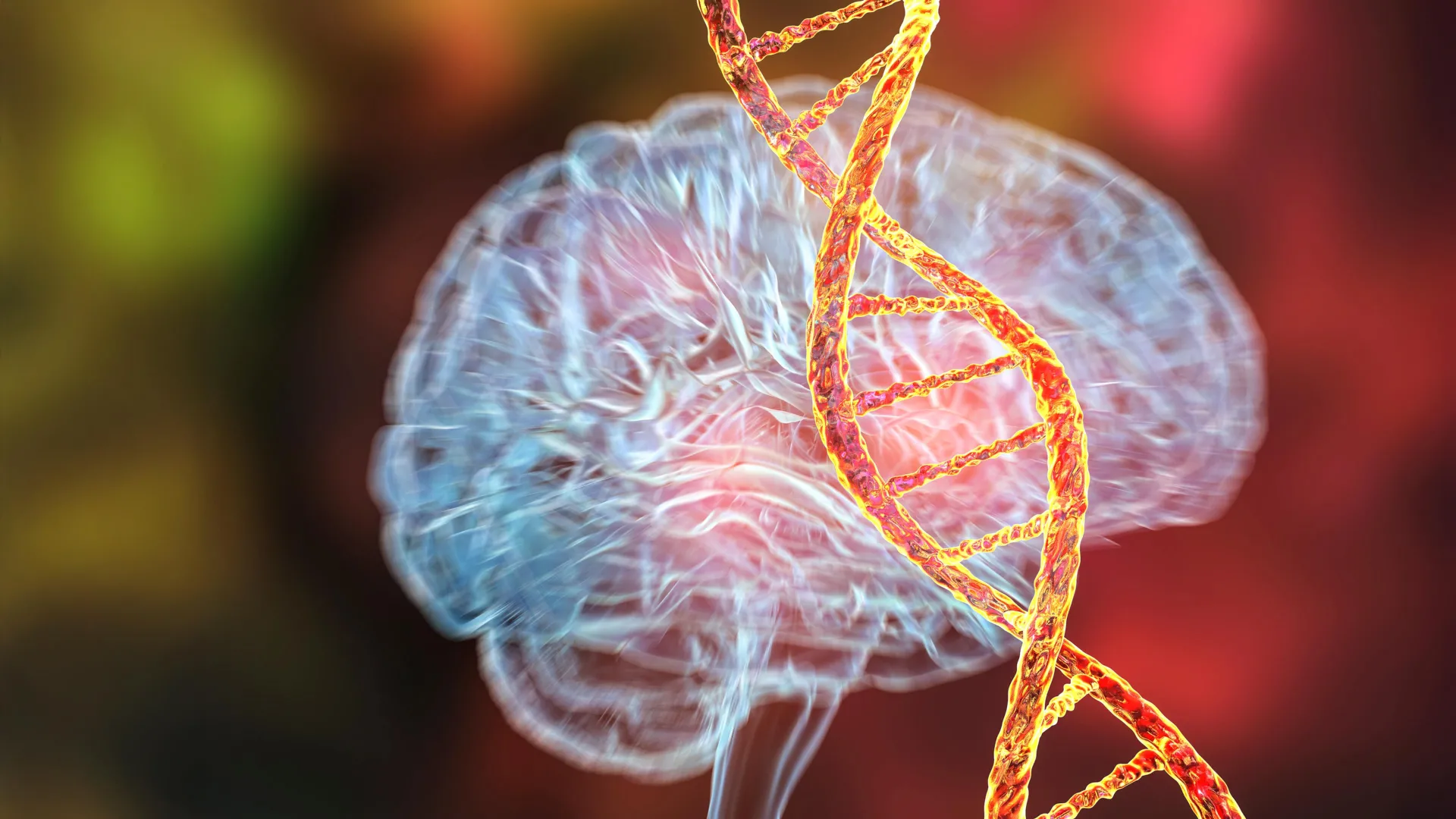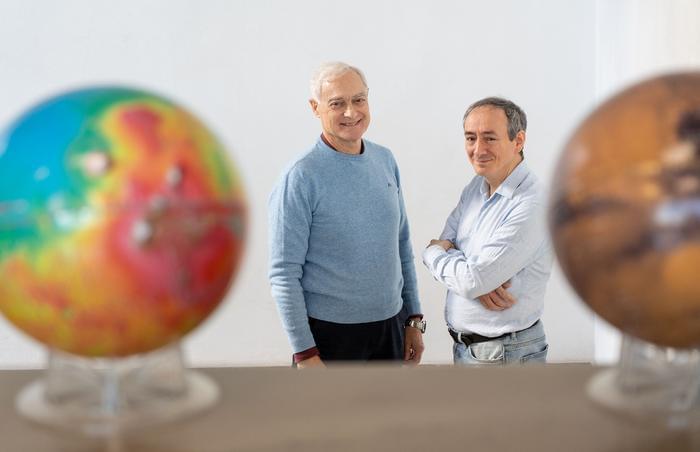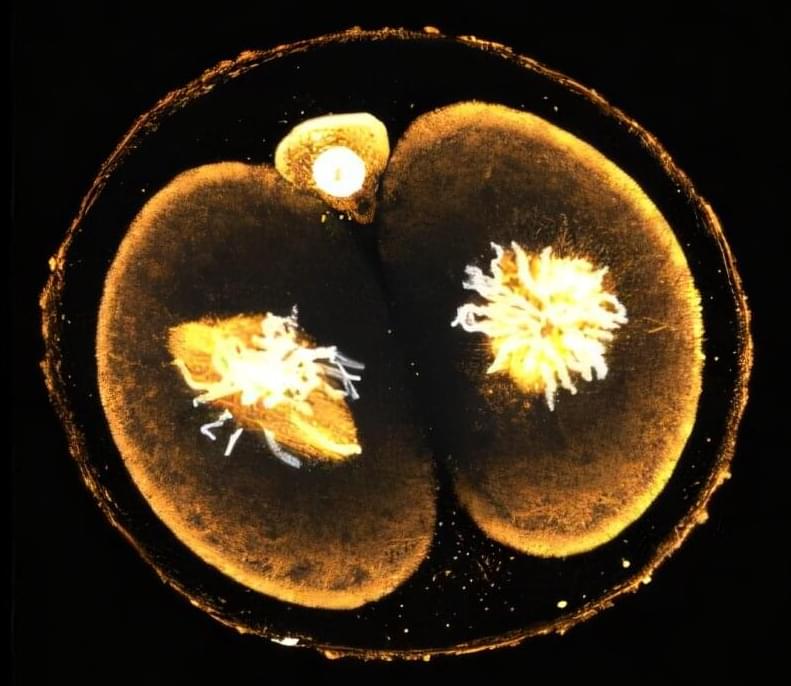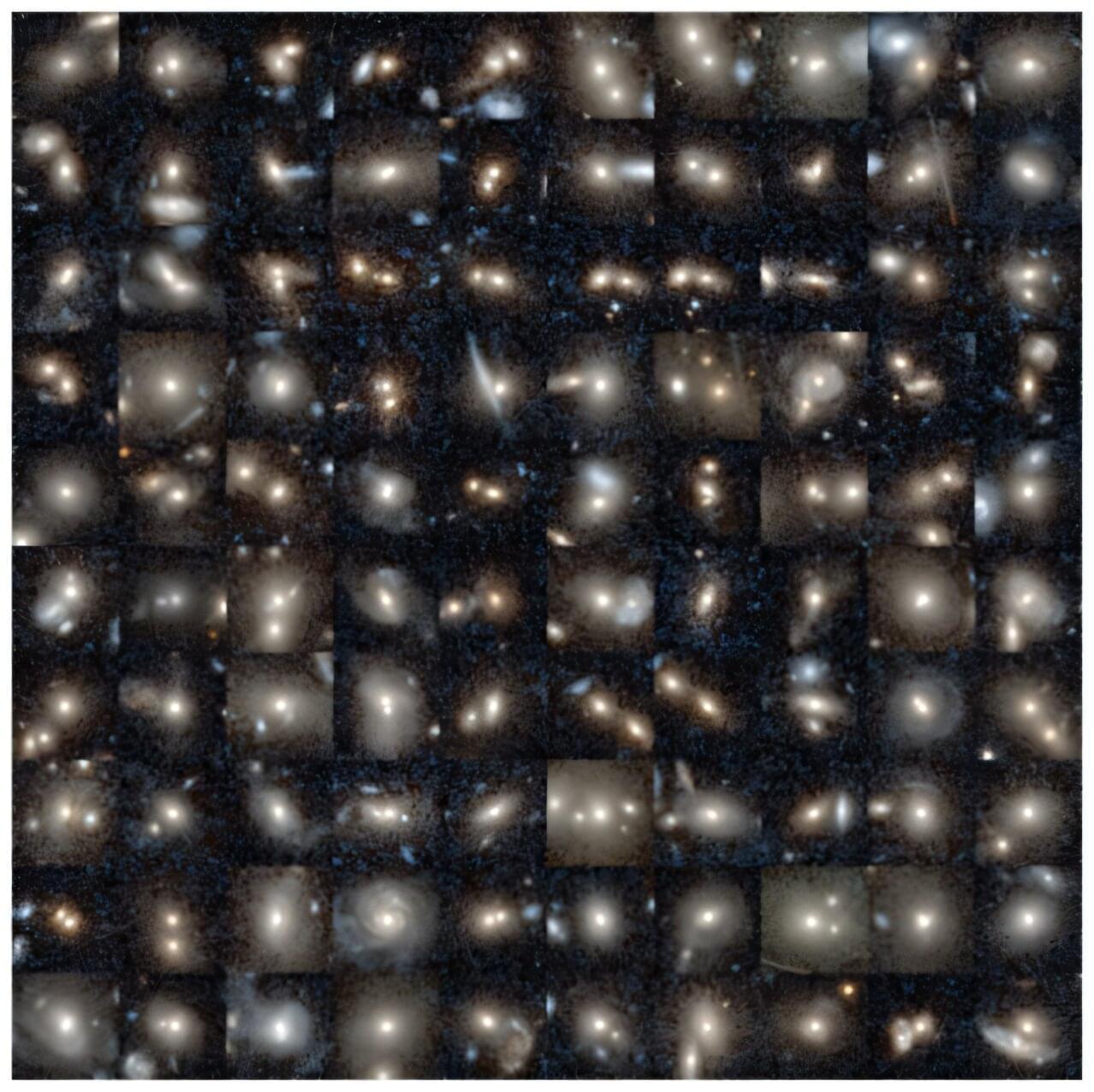Use code sabine at https://incogni.com/sabine to get an exclusive 60% off an annual Incogni plan!
I want to read you an email that I was asked to keep confidential because I think it explains some of my worries about academia.
The Nature Physics comment is here: https://www.nature.com/articles/nphys4079
I knew that physicists would go on to argue I should have tried to solve the problem internally (within the community) before drawing public attention to it. The reason I published this comment was so that I could later demonstrate that I did this. This is why it’s a paywalled publication that you don’t find on the arxiv. But just by accident and totally unrelated here is another link:
https://www.dropbox.com/scl/fi/5o31k2jovu4nmyy219tzh/nphys40…22uph&dl=0
🤓 Check out my new quiz app ➜ http://quizwithit.com/





